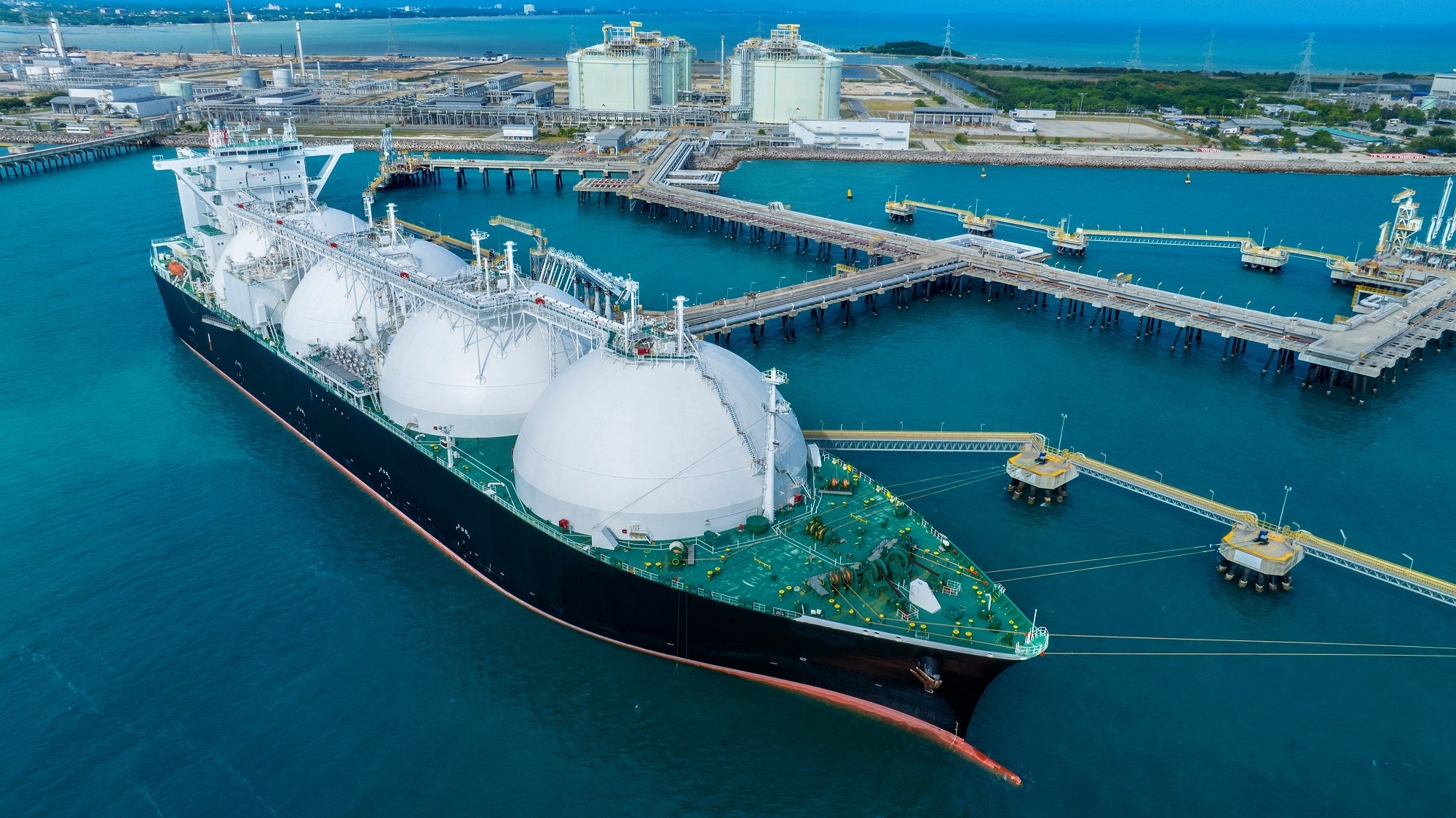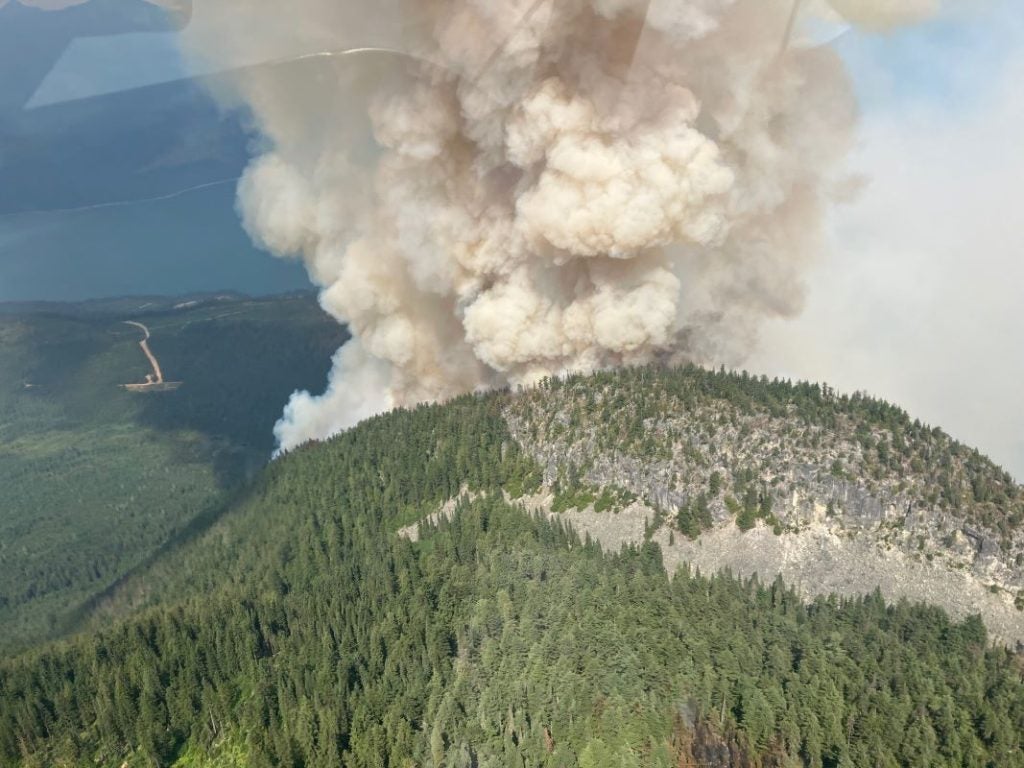
Growth in global demand for natural gas is set to slow considerably after a decade of “unprecedented expansion”, according to a new report from the International Energy Agency (IEA).
Global gas demand is on course to grow by an average of 1.6% a year between 2022 and 2026, down from the global average of 2.5% per year between 2017 and 2021, according to the Gas 2023 Medium-Term Market Report.
A slowing of growth follows a decade of strong expansion, during which time gas contributed around 40% of the growth in primary energy supply worldwide.
According to the report, the global energy crisis in 2022, triggered by Russia’s invasion of Ukraine, ushered in a “different era” for global gas markets. Overall gas demand from mature markets in Asia-Pacific, Europe and North America peaked in 2021. This is now set to decline by 1% annually until 2026.
The report cites an increase in global renewables rollout as a key reason for the decline in gas demand. In Europe specifically, a loss in gas supply from Russia, a direct result of the war in Ukraine, forced governments to move towards alternative sources of energy to maintain energy security.
The highest areas of growth over the next three years will be concentrated in “fast-growing” Asian markets, as well as some gas-right economies in Africa and the Middle East. In Asia, China is expected to account for almost half of total global growth in gas demand between 2022 and 2026, the report finds.
How well do you really know your competitors?
Access the most comprehensive Company Profiles on the market, powered by GlobalData. Save hours of research. Gain competitive edge.

Thank you!
Your download email will arrive shortly
Not ready to buy yet? Download a free sample
We are confident about the unique quality of our Company Profiles. However, we want you to make the most beneficial decision for your business, so we offer a free sample that you can download by submitting the below form
By GlobalData“After their heyday between 2011 and 2021, the world’s gas markets have entered a new and more uncertain period that is likely to be characterised by slower growth and higher volatility – and could lead to a peak in global demand by the end of this decade,” Keisuke Sadamori, IEA director of energy markets and security, said in a press statement.
“Different trends are playing out across different regions, with demand declining in mature markets but continuing to grow in emerging and developing economies. We expect a substantial increase in new LNG [liquefied natural gas] capacity coming online in the years ahead, which should ease some of the tightness and security of supply concerns that markets have been experiencing since Russia started withholding supplies in 2021.”
While market tensions eased in the first three quarters of 2023, gas supplies remain relatively tight, and prices continue to experience strong volatility. This reflects an overarching fragility within global gas markets, the IEA says.
High storage levels in the EU allow for “cautious optimism” ahead of this year’s winter. However, a range of risk factors could easily renew market tensions. North-west Europe will have no access this winter to two sources that used to be the backbone of its gas supply: Russian piped gas and the Groningen field in the Netherlands, according to the IEA.
Growth in the development and supply of low-emissions gasses over the next three years is expected to more than double, with Europe and North America set to drive the expansion. While infrastructure and developments are aiding advancements in low-carbon technologies, more will have to be done to maintain global net-zero targets, the report finds.







